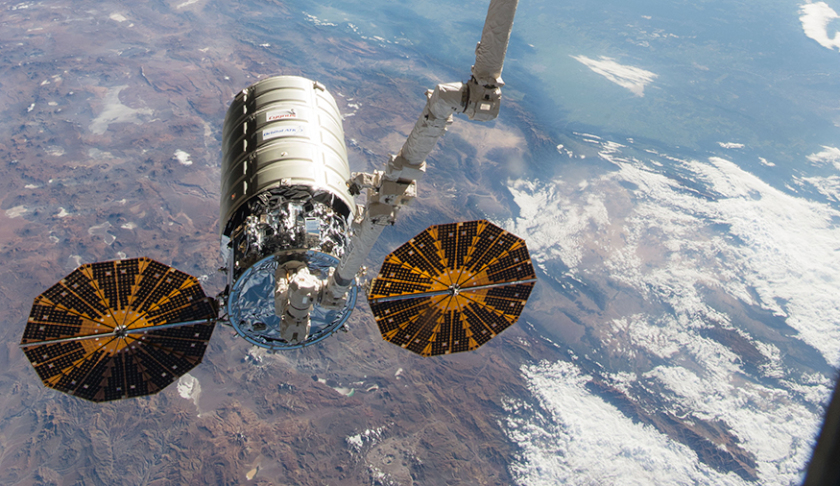The Antares medium-class rocket carried about 3,350 kilograms of vital supplies and scientific equipment aboard Cygnus. Following an approximate nine-minute ascent, the Cygnus spacecraft was successfully deployed into orbit.
On this mission, the name of the spacecraft honours NASA astronaut John Young. Young was NASA's longest-serving astronaut and a pioneer in the field of human spaceflight who positioned future astronauts to live and work at the International Space Station. His bravery and record-setting accomplishments pushed the boundaries of human space exploration, making him an ideal honoree for the NG-10 mission.
Scott Lehr, president of the flight systems group at Northrop Grumman, said, "As always, we are dedicated and focused on delivering mission success for NASA’s commercial resupply program."
The Cygnus spacecraft will remain attached to the space station for about two months before departing with up to 3,350 kilograms of disposal cargo.
Cygnus’ large pressurised volume allows for large amounts of cargo to be efficiently carried to the space station and also provides significant cargo disposal capability, which is a critical service for NASA and unique among America’s commercial cargo providers.
Upon departure from the space station, Cygnus will deploy three CubeSats via the NanoRacks External Cygnus CubeSat Deployment program, from both above and below the orbiting laboratory for the first time.
One of the CubeSats, known as MYSat-1, is the first satellite developed by Khalifa University in Abu Dhabi, United Arab Emirates. MYSat-1 was developed as part of Khalifa’s Space Systems and Technology Concentration, a joint program established in 2015 in collaboration with UAE-based satellite operator Al Yah Satellite Communications Company (Yahsat) and Northrop Grumman.
Frank Culbertson, president of the space systems group at Northrop Grumman, said, "It has been an honour to support the critical research that has been performed on the International Space Station for nearly two decades. We look forward to expanding our role with Cygnus through future abilities such as increased science accommodation and extended stays in orbit."
As another example of Cygnus’ expanded capabilities, the spacecraft is prepared to support the Slingshot CubeSat Deployer System, a flexible platform that can fly hosted payloads and CubeSats.
The mission is the first flight for the Slingshot system, which is scheduled to be installed onto the Cygnus spacecraft by NASA astronauts before the spacecraft departs the orbiting laboratory. Upon completion of its secondary missions, Cygnus will perform a safe, destructive re-entry into Earth’s atmosphere over the Pacific Ocean.
Under the Commercial Resupply Services (CRS)-1 contract with NASA, Northrop Grumman will deliver about 30,000 kilograms of cargo to the International Space Station.
Beginning in 2019, Northrop Grumman will carry out a minimum of six initial cargo missions under NASA’s CRS-2 contract. The commercial resupply partnership is freeing NASA to focus on developing the next-generation rocket and spacecraft that will enable humans to conduct deep space exploration missions.

